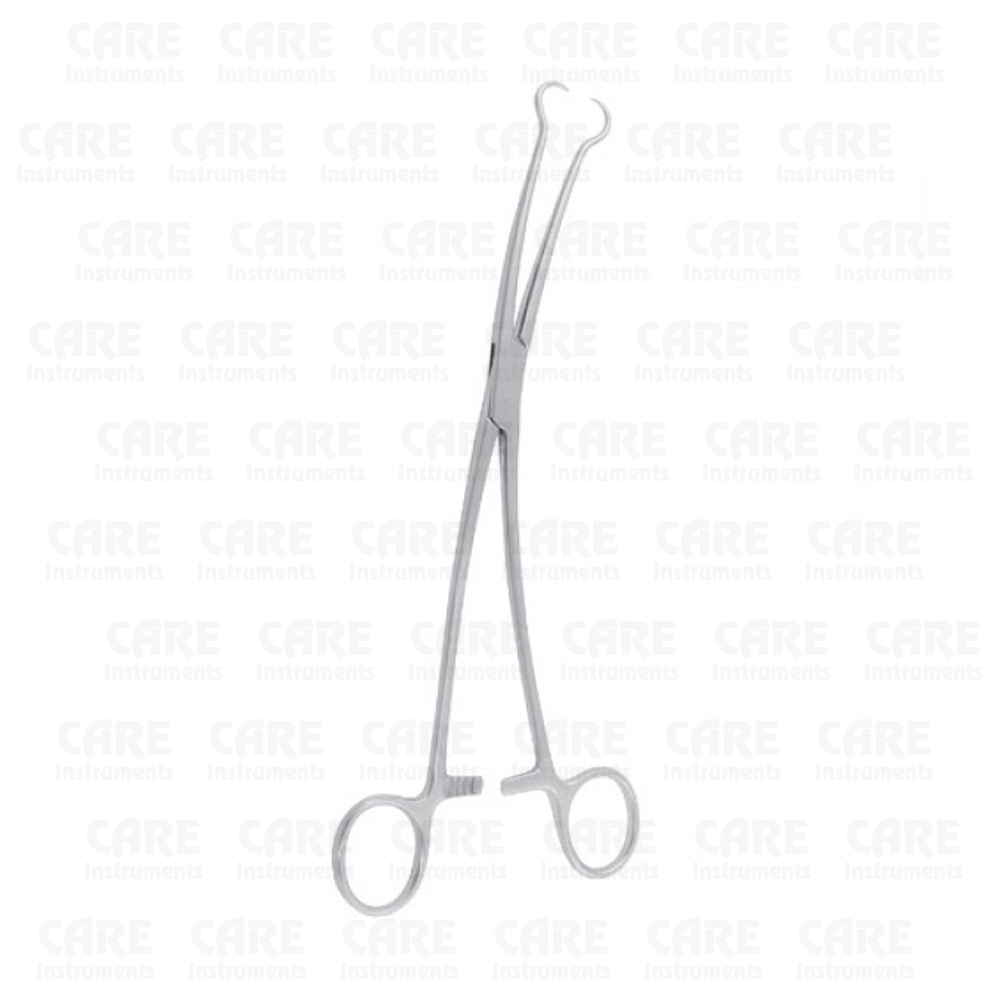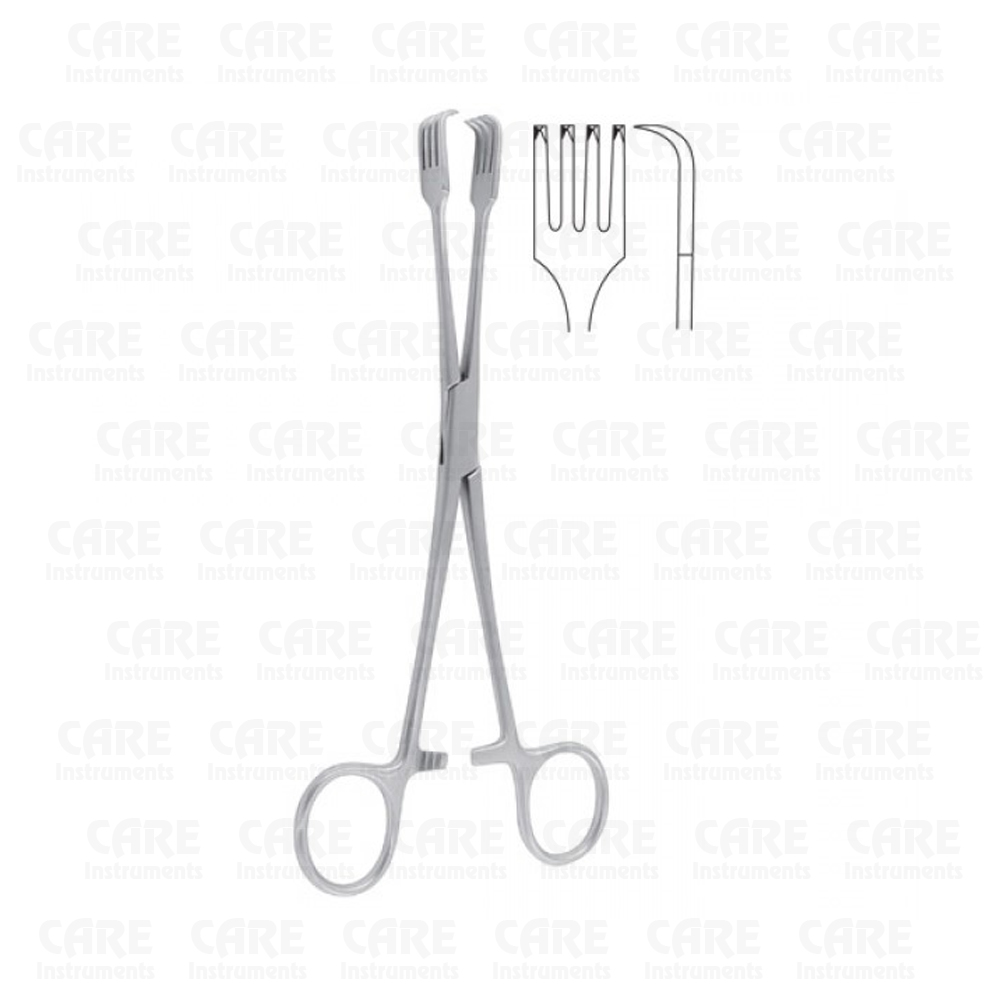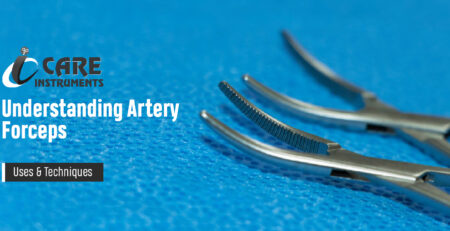Haemostats and Clamps: The Remarkable Role From Bleeding To Healing
Introduction
From minor cuts to complex surgical procedures, haemostats and clamps play a remarkable role in stemming the flow of blood and aiding in the healing process. In the realm of medicine and surgery, the ability to control bleeding is of utmost importance. This article delves into the significance of haemostats and clamps, highlighting their function, types, and the crucial role they play in medical interventions.
Understanding Haemostats
 What Are Haemostats?
What Are Haemostats?
Haemostats, also known as hemostats, are specialized surgical instruments designed to control bleeding by sealing off blood vessels or tissues temporarily. These instruments act as temporary clamps, reducing blood flow and allowing medical professionals to work efficiently.
Types of Haemostats
- Mosquito Haemostats: These small, fine-tipped haemostats are commonly used for delicate procedures such as ophthalmic surgeries or microsurgery. Their precision allows surgeons to control bleeding in highly sensitive areas.
- Kelly Haemostats: Kelly haemostats are larger and stronger compared to mosquito haemostats. They feature serrated jaws that provide a better grip, making them suitable for applications where more force is required.
- Crile Haemostats: Crile haemostats are characterized by their curved design and cross-grooved jaws, which enhance their gripping capability. They are versatile instruments commonly used in various surgical procedures.
- Rochester-Carmalt Haemostats: These haemostats have longitudinal serrations on their jaws, making them effective in clamping off larger blood vessels. They are especially useful in procedures involving major bleeding.
The Function of Haemostats
Haemostats are primarily used to secure blood vessels or tissues temporarily, preventing excessive blood loss during surgical interventions. They are also employed to create a bloodless field, enabling surgeons to visualize and access the targeted area without obstruction.
Haemostats function by exerting pressure on blood vessels or tissues, effectively occluding them. This pressure interrupts the blood flow, providing a controlled environment for medical professionals to work. Once the procedure is complete, the haemostats are released, and the blood flow resumes, allowing natural healing to occur.
The Role of Clamps
 What Are Clamps?
What Are Clamps?
Clamps, similar to haemostats, are surgical instruments used to control bleeding and secure tissues during procedures. However, clamps have a broader scope of application and are not limited to haemostatic purposes alone.
Types of Clamps
- Towel Clamps: These clamps, also known as Backhaus clamps, are designed to secure surgical drapes or towels in place. They feature sharp pointed tips that penetrate the fabric, ensuring a firm grip without causing damage.
- Bulldog Clamps: Bulldog clamps are vascular clamps used to occlude blood vessels temporarily during surgeries. They have a spring-loaded design that allows for quick application and removal, minimizing blood loss.
- Kocher Clamps: Kocher clamps, also called Kocher forceps, are versatile clamps with serrated jaws. They are used for grasping and holding tissues or organs during various surgical procedures.
- Hemostatic Clamps: Hemostatic clamps, as the name suggests, are specifically designed for controlling bleeding. They have a ratcheted mechanism that allows for secure clamping, providing a bloodless field for surgery.
The Function of Clamps
Clamps serve multiple purposes in surgical interventions. They are primarily used to secure tissues, control bleeding, and provide access to the surgical site. By temporarily stopping the blood flow or holding tissues in place, clamps enable surgeons to perform intricate procedures with precision and efficiency.
Conclusion
Haemostats and clamps play an indispensable role in medical interventions, transforming the once life-threatening situation of bleeding into a controlled and healing process. These specialized instruments allow surgeons to work with confidence, ensuring minimal blood loss and optimal conditions for successful procedures. From the delicate precision of haemostats to the versatility of clamps, these tools are a testament to human ingenuity in the pursuit of better healthcare.
FAQs (Frequently Asked Questions)
1. How long can haemostats be left in place during surgery?
The duration for which haemostats can be left in place depends on the specific procedure and the patient’s condition. Surgeons carefully assess the situation and make informed decisions to avoid any complications or tissue damage.
2. Are haemostats reusable?
In most cases, haemostats are designed to be reusable. However, they undergo thorough sterilization procedures before each use to ensure the elimination of any potential contaminants and prevent the risk of infections.
3. Can clamps cause tissue damage?
When used correctly and with proper technique, clamps generally do not cause tissue damage. However, it is crucial for surgeons to exercise caution and apply clamps precisely to minimize any potential harm to surrounding tissues.
4. How do haemostats contribute to the healing process?
Haemostats aid in the healing process by controlling bleeding during surgical procedures. By temporarily sealing blood vessels or tissues, they create a stable environment that promotes efficient tissue repair and reduces the risk of complications.
5. Are there any risks associated with using haemostats and clamps?
While haemostats and clamps are considered safe and commonly used in medical practice, there are some potential risks involved. These include tissue damage if used improperly, risk of infection if not adequately sterilized, and the possibility of allergic reactions in some patients. It is crucial for healthcare professionals to adhere to best practices and guidelines when utilizing these instruments.

 What Are Haemostats?
What Are Haemostats? What Are Clamps?
What Are Clamps?
Leave a Reply
You must be logged in to post a comment.